Dog Breeds That Are Terrible Swimmers
Many dogs love water and rush toward it without a second thought, but only a few know how to handle themselves once they’re actually in it. Some breeds simply aren’t built for strong strokes or steady balance, even if they approach the shoreline with confidence. Their bodies work against them in the water, so they’re far happier staying close to dry land instead of venturing out too far.
Basset Hound
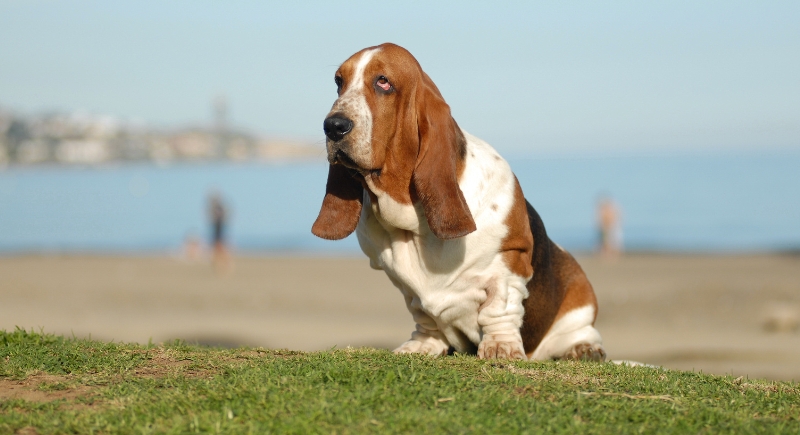
Credit: Getty Images
Deep water can feel unsteady for a dog with a heavy body and short legs. Once their long ears get soaked, they add extra weight that makes movement even harder. Most Basset Hounds feel safer when they can stand or wade, so they tend to enjoy the shoreline rather than pushing themselves into deeper water.
English Bulldog
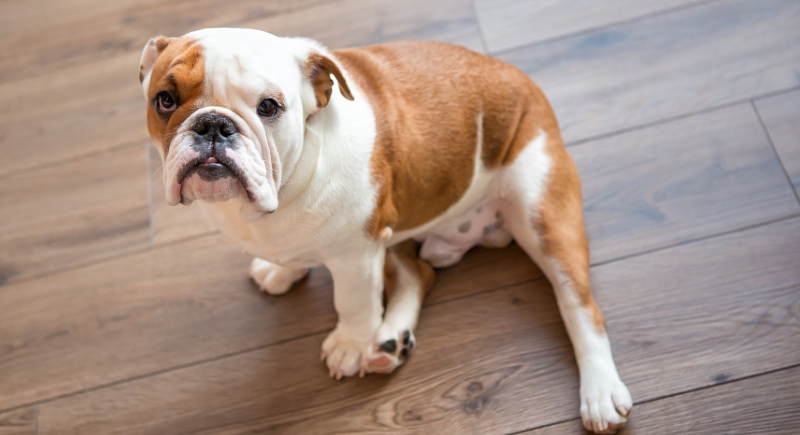
Credit: Getty Images
Some dogs look powerful on land, but lose that confidence the moment the water climbs past their chest. The English Bulldog’s stocky build and short muzzle make paddling tiring, especially when splashes interrupt breathing. Most prefer shade, cool air, and a gentle dip rather than any attempt at distance.
Pug
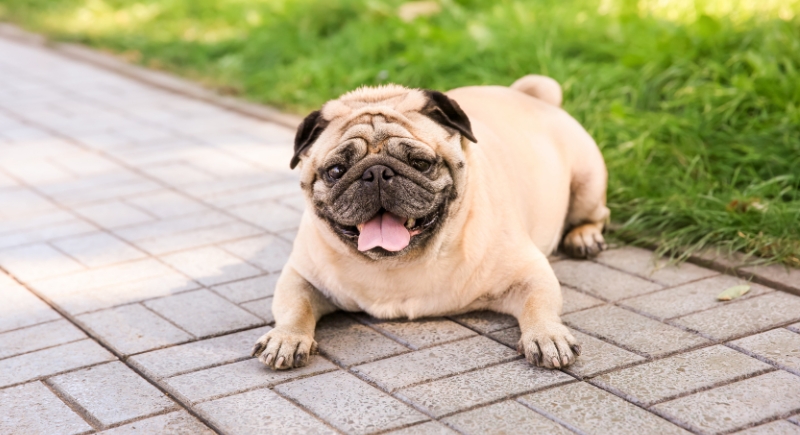
Credit: pixelshot
The moment a Pug lifts its head to breathe, the rest of the body drifts into an upright position that drains energy quickly. And with their tight airways, even a small swim begins to feel demanding. Many end up choosing a cozy patch near the pool, happy to supervise instead of joining the action.
French Bulldog

Credit: Canva
Enthusiasm has never been the issue for French Bulldogs, because they usually sprint toward the shoreline with full confidence. The challenge begins once their dense muscles and limited buoyancy turn every paddle into a workout. A bit of support gear and a watchful eye help, though many Frenchies prefer staying where their paws can still touch.
Dachshund
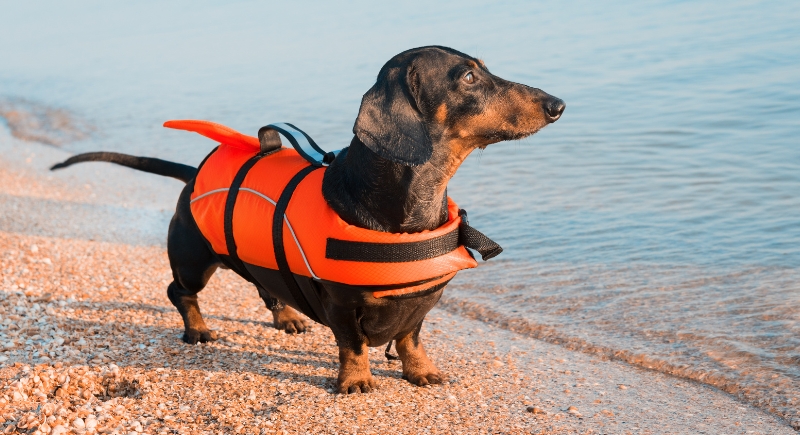
Credit: Getty Images
Water changes everything for a dog shaped long and low. A Dachshund’s front legs often do most of the work while the back end starts to sink, giving them an uneven posture that makes swimming tiring. They’re usually much happier with sprinklers, kiddie pools, or shallow streams where they can splash around without fighting to stay level.
Pekingese
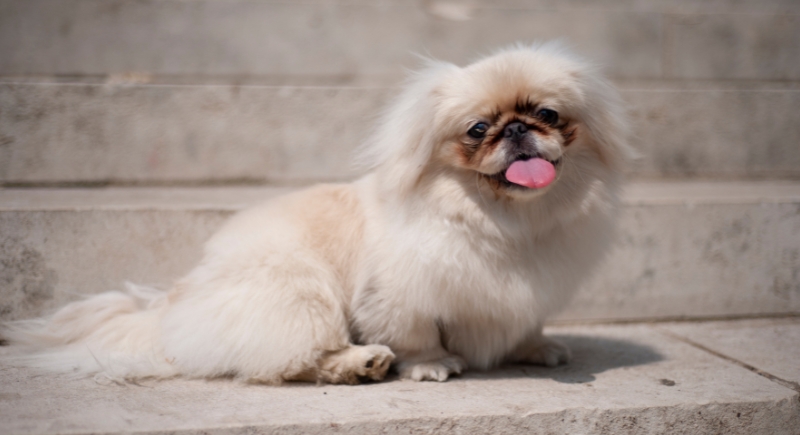
Credit: Getty Images
The moment their heavy coat soaks through, swimming becomes much harder. The fur drags them down, their short legs lose coordination, and their flat face makes it tough to stay above the surface. A Pekingese in water often looks more inconvenienced than scared, as if the whole experience feels unnecessary to them.
Shih Tzu
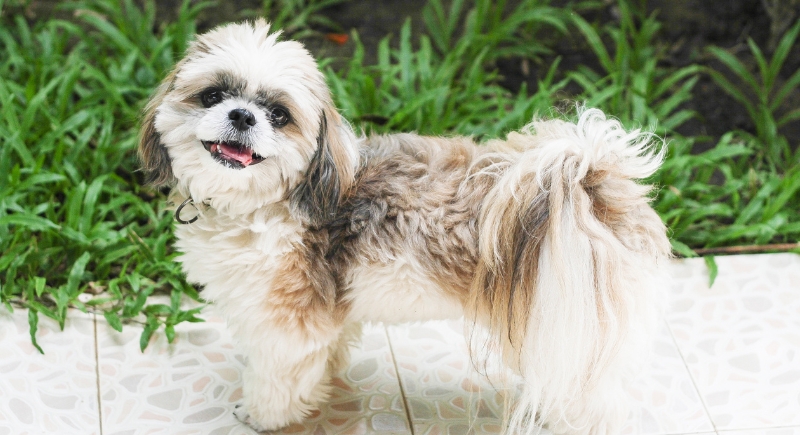
Credit: Getty Images
Instead of buoyancy, vision causes most issues for Shih Tzus. A soaked coat clings to the eyes and muzzle, leaving them blinking through dripping strands with growing irritation. Their usually cheerful expressions shift into a confused squint that says everything about how poorly the moment is going.
Chow Chow
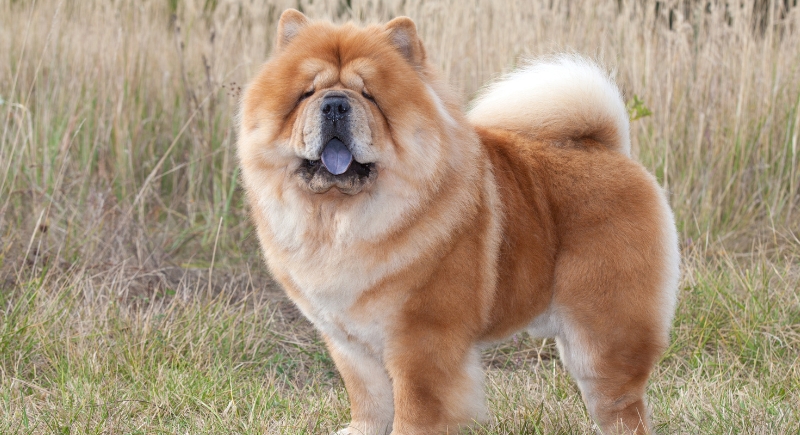
Credit: Getty Images
The dramatic double coat might be impressive on land, but it becomes a slow-motion burden once saturated. When in water, their movement stiffens, breathing grows louder, and the once-majestic silhouette collapses into a puff of soggy fluff. Their regal demeanor fades fast in favor of quiet resignation.
Bull Terrier

Credit: Getty Images
This breed has a strong, compact build that works against them in the water. Their head sits heavily above the shoulders, and the short legs don’t generate enough power to keep a steady rhythm. Bull Terriers usually have more fun stomping around the edges or playing in shallow water instead of trying to swim. A vest can help, although only for short, supervised time.
Afghan Hound
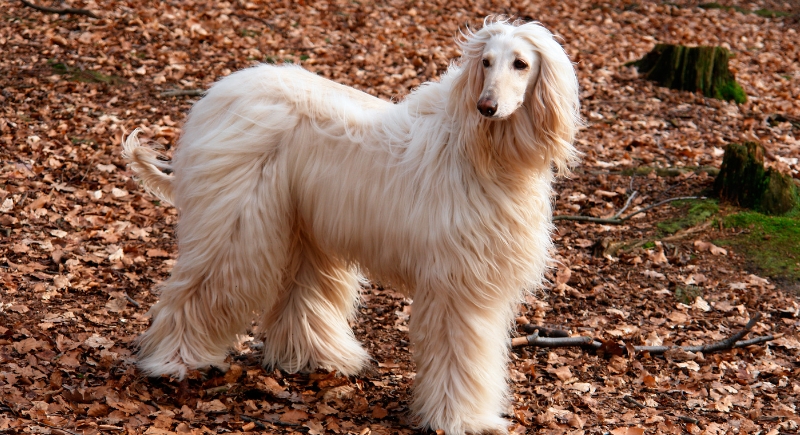
Credit: Getty Images
Graceful on land, the Afghan Hound can look surprisingly unsure once the water rises past the legs. That tall, narrow build makes it harder for them to stay balanced, and many hesitate as soon as the ground disappears beneath them. Slow introductions and steady footing help them relax, especially during brief, low-stress sessions near the shoreline.